Isamu Noguchi and Robert Stadler share a fascinating kinship, despite having never met
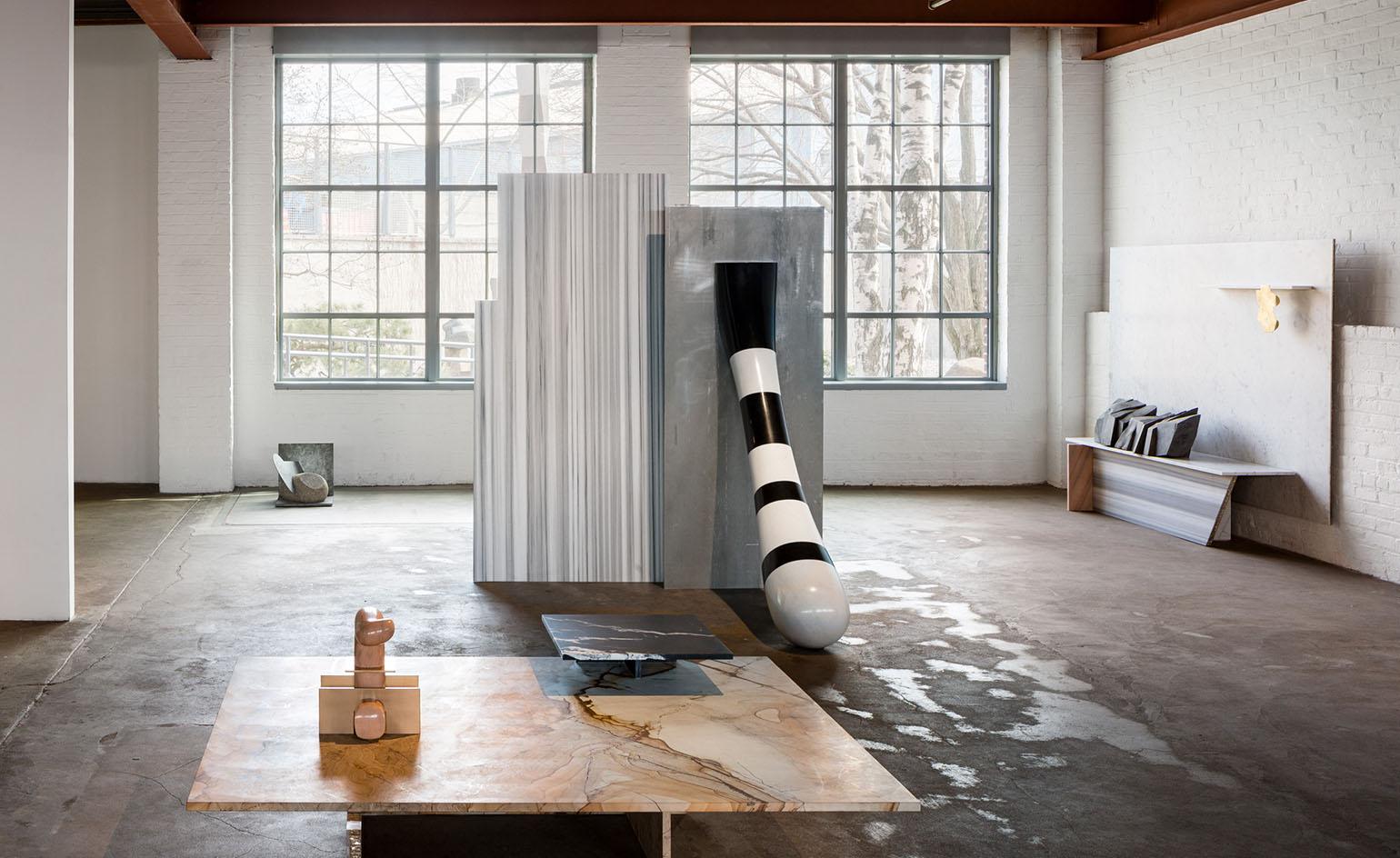
Isamu Noguchi and Robert Stadler have never met. That would have been near logistically impossible. Austrian-born, Paris-based Stadler hasn’t much made it to the United States — in fact, his first major US exhibition has just opened at the Noguchi Museum in Queens, New York.
Despite not interacting, these two aesthetic renegades speak the same language, formally and conceptually that is. The show, titled 'Solid Doubts’, is a meeting of the two minds. As exhibition curator Dakin Hart says, 'Noguchi and Stadler share qualities — they both like to break rules, standards and conventions, and their practices are outside commercial aesthetic motivations.’
While Noguchi was known as an artist who meddled in affairs across party lines, even though ‘people like Noguchi in siloes’, as Hart says, Stadler approaches from an opposite vector. He’s a solution-oriented designer whose curiosity and wit echoes that of a conceptual artist. ‘Robert has a clear vision,’ explains Hart, ‘and is able to tow the line between art and design. His interest in function isn’t his end-all.’

’Floating Lunar’, by Isamu Noguchi, 1945. Private collection.
Inside the exhibition are four vignettes where the works of the two rabble-rousers are put into conversation together, a phrase often used in curation to describe pieces hung near one another; but in this particular instance, it’s a bit more literal.
Take Area 3, in which sit Stadler’s ‘Cut_Paste’ series, marble and Alucore consoles and coffee tables that while thoroughly contemporary could have been plucked from the 1960s, often with Noguchis plopped on top. To both the trained and untrained eye, it’s hard to distinguish just which pieces are Stadler’s and Noguchi’s. In a fabulous example, Noguchi’s ‘Big Id’, a black-and-white marble appendage-looking thing, leans against the backside of ‘Cut_Paste #5’, a high-backed console that together seemingly is a unified piece.
Over in Area 6 are Noguchi’s set pieces for Martha Graham’s Hérodiade dance, including the iconic mirror, chair, and clothes rack (all from 1944) that sit amid Stadler’s ‘PDT’ – pierre de taille or cut stone, ashlar table and mirror that maintain the same simplified ‘contained chaos’. In Area 6 also hangs Stadler’s latest lighting concept, a moveable hanging light fixture that ‘frees the light source from a fixed position’, Hart explains, and is covered in a paper lantern shade.
Stadler was unaware of Noguchi’s famed Akari lamps, explains Hart, ‘Robert didn’t think of Noguchi as a fellow traveler or had that much to do with his own practice.’ In fact, the show is, says Hart, ‘a blind date between Robert and Noguchi, we wanted to make the rooms feel like these were illicit liaisons of objects who have been caught.’ Star-crossed, these two are indeed.
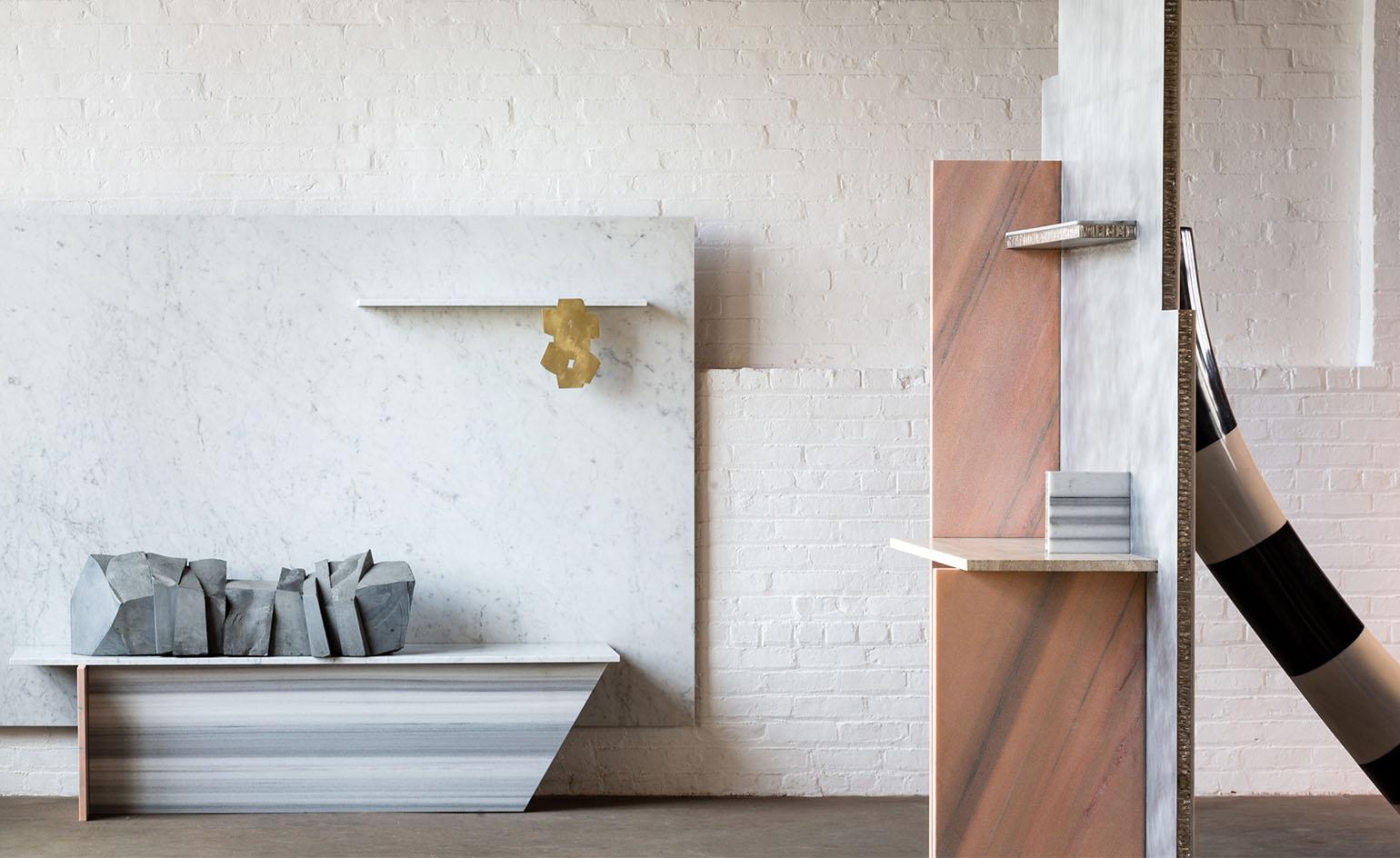
From left, ’Cut_Paste #4’, by Robert Stadler, 2015; ’Gift’, by Isamu Noguchi, 1964; ’Baby Figure’, by Isamu Noguchi, 1958; ’Cut_Paste #5’, by Robert Stadler, 2015; and ’Big Id’, by Isamu Noguchi, 1971
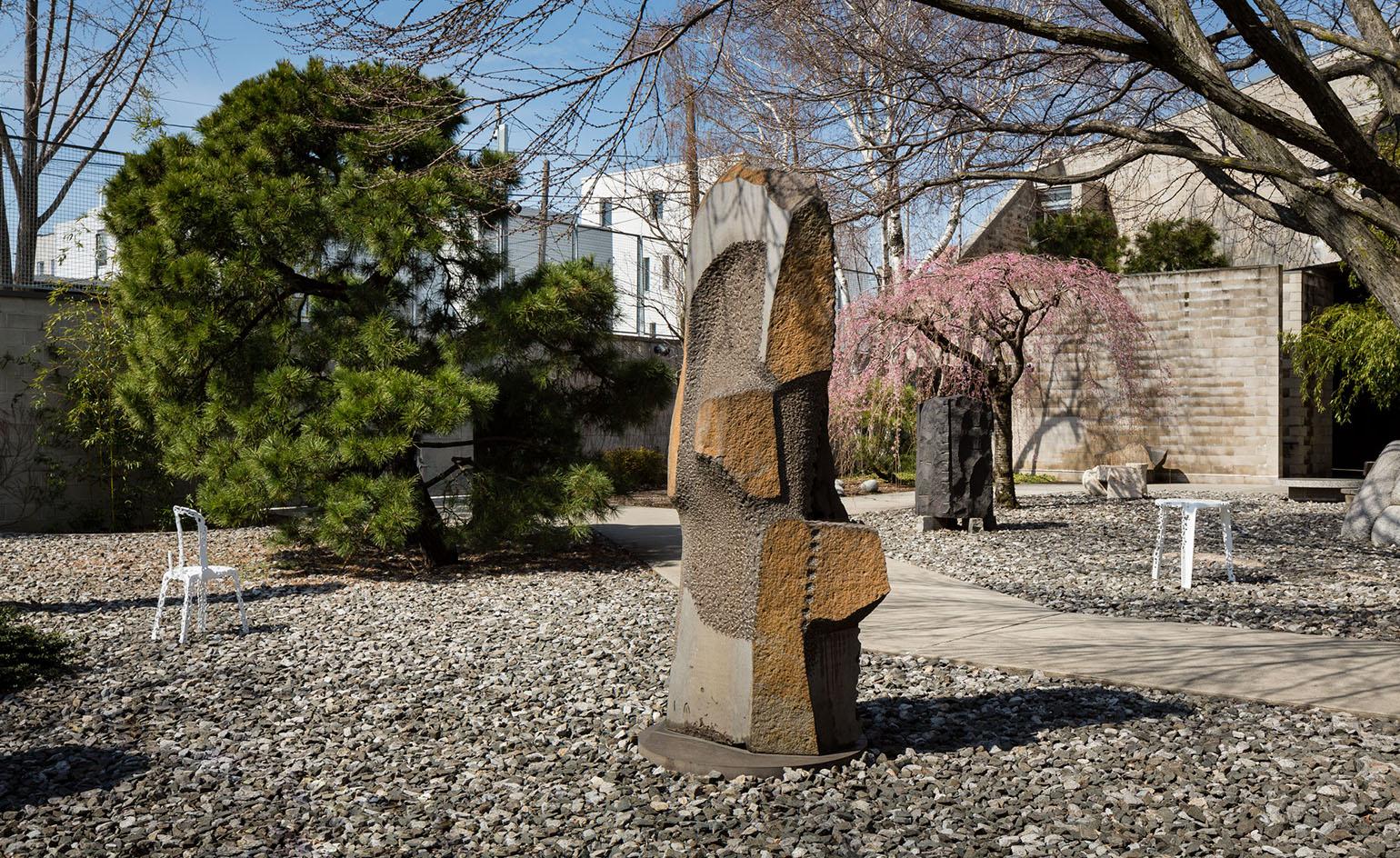
’Rest in Peace #2’ (chair), by Robert Stadler, 2004 (fabricated 2012); ’Behind Inner Seeking Shiva Dancing’, by Isamu Noguchi, 1976-82; and ’Rest in Peace #2’ (table), by Robert Stadler, 2008 (fabricated 2016). Courtesy of the artists

Left, ’Cut_Paste #8’, by Robert Stadler, 2015; and ’Pink Jizo’, by Isamu Noguchi, c1960. Right, ’Pierced Stone’, by Isamu Noguchi, 1982; ’Cut_Paste #8’, by Robert Stadler, 2015; ’Pink Jizo’, c.1960. ’Cut_Paste #5’, by Robert Stadler, 2015; ’Big Id’, by Isamu Noguchi, 1971; ’Cut_Paste #4’,
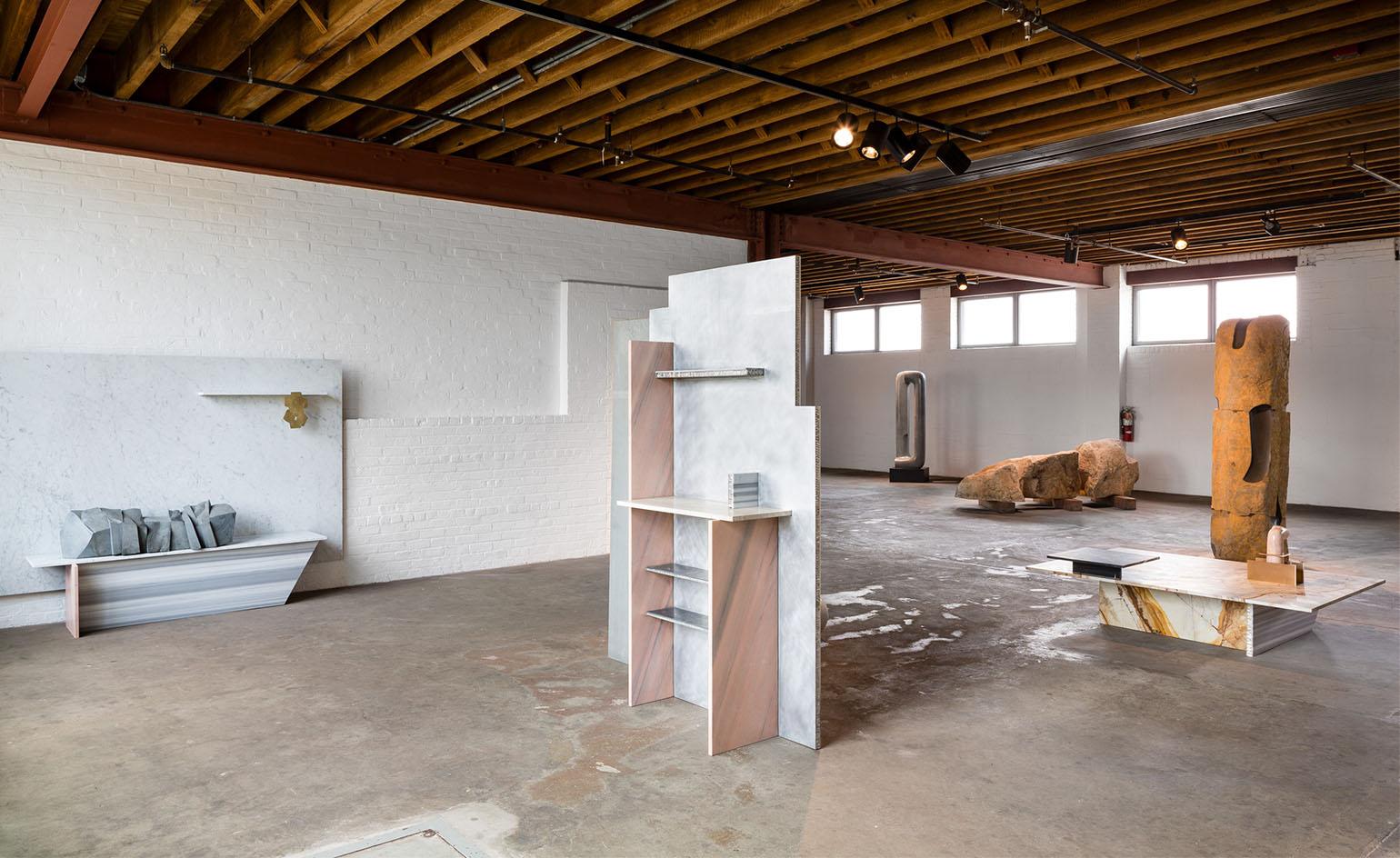
From left, ’Cut_Paste #4’, by Robert Stadler, 2015; ’Gift’, by Isamu Noguchi, 1964; ’Baby Figure’, by Isamu Noguchi, 1958; ’Cut_Paste #5’, by Robert Stadler, 2015; ’Cut_Paste #8’, by Robert Stadler, 2015

Left, ’Rest in Peace #2’ (chair), by Robert Stadler, 2004 (fabricated 2012). Right, ’Behind Inner Seeking Shiva Dancing’, by Isamu Noguchi, 1976-82; and ’Rest in Peace #2’ (chair), by Robert Stadler, 2004 (fabricated 2012). Courtesy of the artists
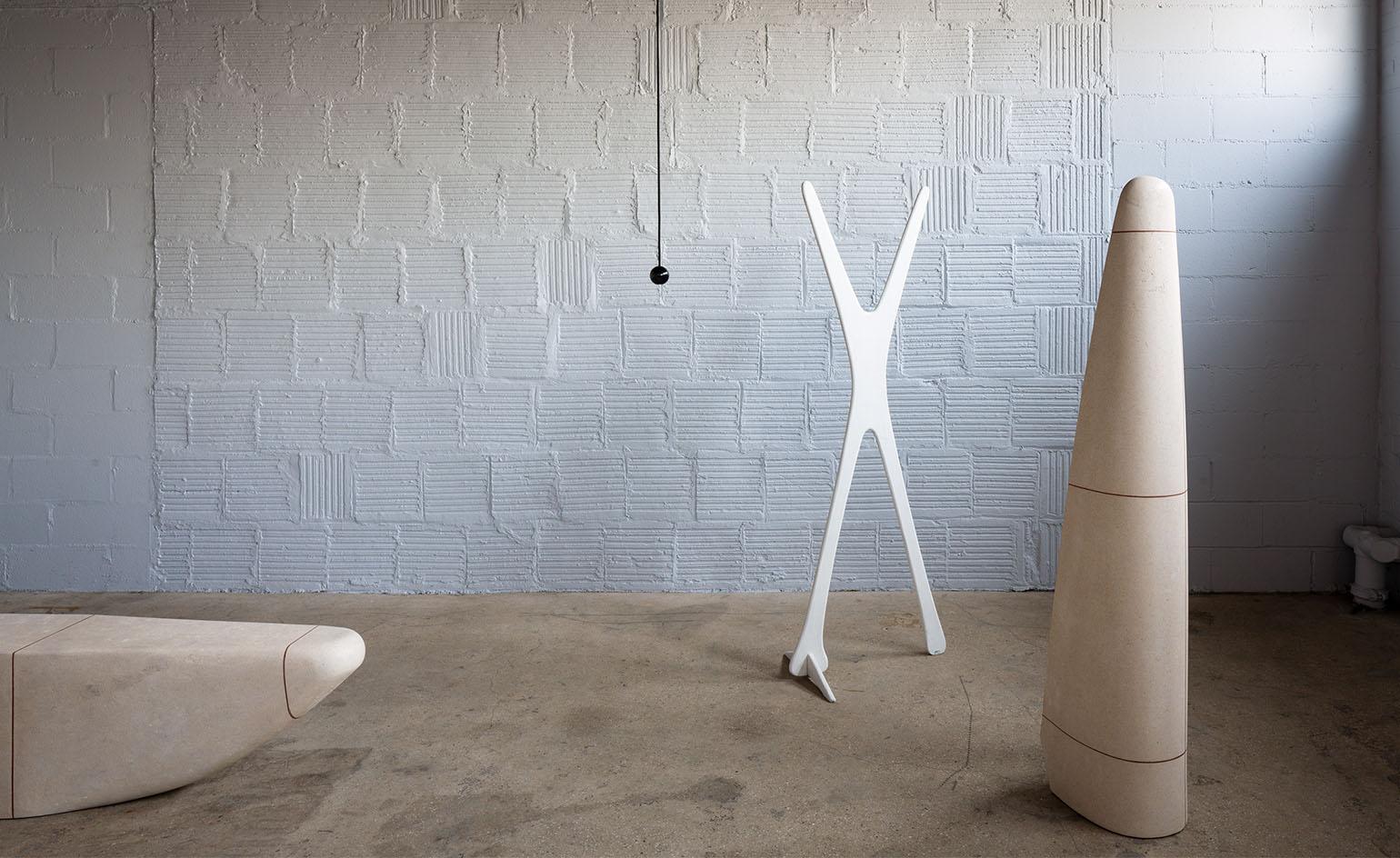
’PDT’ (bench), by Robert Stadler, 2015 (fabricated 2016); ’Anywhere #2’, by Robert Stadler, 2017; clothes Rack for Martha Graham’s ‘Hérodiade’, by Isamu Noguchi, 1944; and PDT (mirror), by Robert Stadler, 2015 (fabricated 2016)
INFORMATION
‘Solid Doubts’ is on view until 3 September. For more information, visit the Noguchi Museum website
ADDRESS
9-01 33rd Road
Queens NY 11106
Receive our daily digest of inspiration, escapism and design stories from around the world direct to your inbox.
Julie Baumgardner is an arts and culture writer, editor and journalist who's spent nearly 15 years covering all aspects of art, design, culture and travel. Julie's work has appeared in publications including Bloomberg, Cultured, Financial Times, New York magazine, The New York Times, Wall Street Journal, as well as Wallpaper*. She has also been interviewed for The Atlanta Journal-Constitution, Miami Herald, Observer, Vox, USA Today, as well as worked on publications with Rizzoli press and spoken at art fairs and conferences in the US, Middle East and Asia. Find her @juliewithab or juliebaumgardnerwriter.com
-
 The White House faced the wrecking ball. Are these federal buildings next?
The White House faced the wrecking ball. Are these federal buildings next?Architects and preservationists weigh in on five buildings to watch in 2026, from brutalist icons to the 'Sistine Chapel' of New Deal art
-
 Georgia Kemball's jewellery has Dover Street Market's stamp of approval: discover it here
Georgia Kemball's jewellery has Dover Street Market's stamp of approval: discover it hereSelf-taught jeweller Georgia Kemball is inspired by fairytales for her whimsical jewellery
-
 The best way to see Mount Fuji? Book a stay here
The best way to see Mount Fuji? Book a stay hereAt the western foothills of Mount Fuji, Gora Kadan’s second property translates imperial heritage into a deeply immersive, design-led retreat
-
 Exploring tsu tsu mu: a new exhibition in Tokyo reframes the Japanese way of wrapping anything
Exploring tsu tsu mu: a new exhibition in Tokyo reframes the Japanese way of wrapping anything‘Tsu-tsu-mu’, on view until 13 October 2025 at Matsuya Ginza, reframes the popular Japanese concept of wrapping into a mindset for caring for others
-
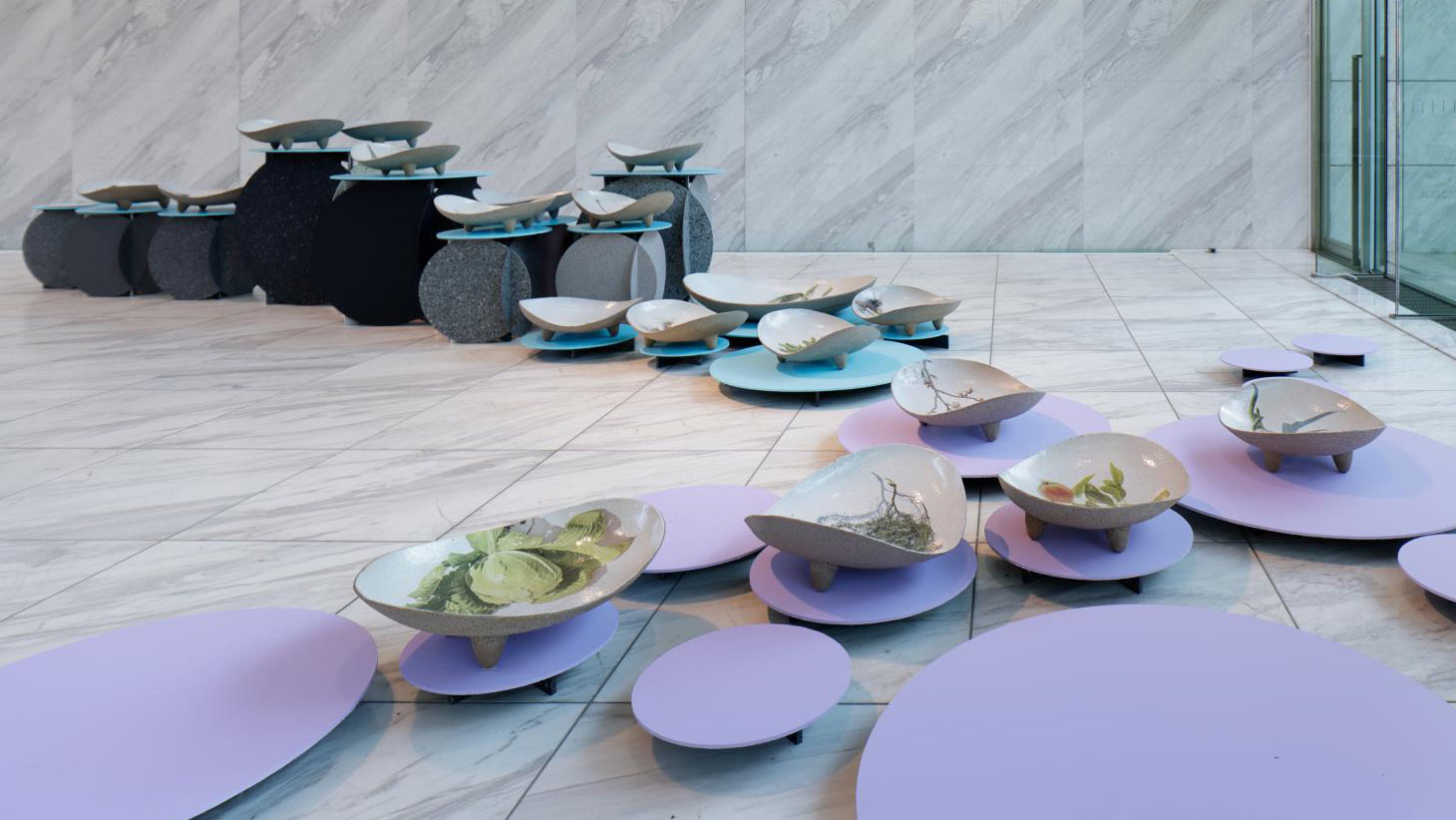 Designart Tokyo transforms the city into a museum of creativity
Designart Tokyo transforms the city into a museum of creativityDesignart Tokyo presents global design highlights through a series of exhibitions involving global creative talent and traditional Japanese craft
-
 Saul Steinberg: behind the scenes at Triennale Design Museum
Saul Steinberg: behind the scenes at Triennale Design MuseumTriennale Design Museum and publishing house Electa present ‘Saul Steinberg Milano New York’, a new exhibition (until 13 March 2022) that pays homage to the American artist through 350 works. Join us for a behind-the-scenes peek at it's installation
-
 Ten years of Muller Van Severen, at Design Museum Ghent
Ten years of Muller Van Severen, at Design Museum GhentA new exhibition by Belgian design duo Muller Van Severen (until 6 March 2022) features a retrospective of the studio’s ten years as well as a curation of pieces from the Design Museum Ghent collections
-
 Noguchi show celebrates his reverence for Greece
Noguchi show celebrates his reverence for GreeceDesign show ‘Objects of Common Interest: Hard, Soft, and All Lit Up with Nowhere to Go’ opens in collaboration with Wallpaper* Designers of the Year, Objects of Common Interest, at the Noguchi Museum in Queens, New York (until 13 February 2022)
-
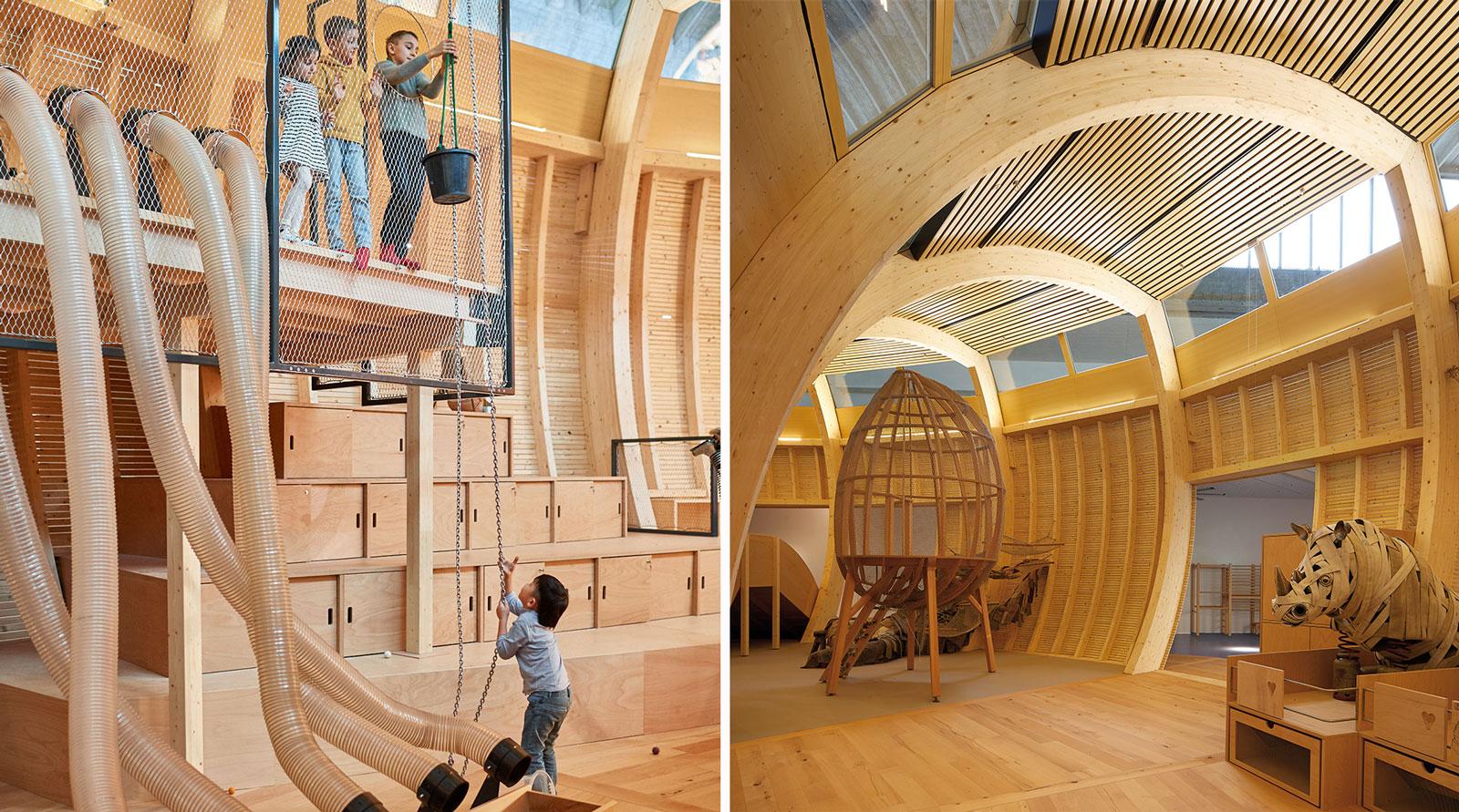 ‘Design not for children, but for everyone’: Jewish Museum Berlin’s new play space
‘Design not for children, but for everyone’: Jewish Museum Berlin’s new play spaceOlson Kundig architecture and design practice brings kids’ play space ANOHA Children’s World to life inside a vast former wholesale flower market, at the Jewish Museum Berlin
-
 A landscape of playful animals pops up at Design Museum Holon
A landscape of playful animals pops up at Design Museum HolonChild-centric designer Sarit Shani Hay presents an imaginary natural landscape that references Ron Arad's Design Museum Holon architecture and is inhabited by soft, cushioned sea lions, seals and bears
-
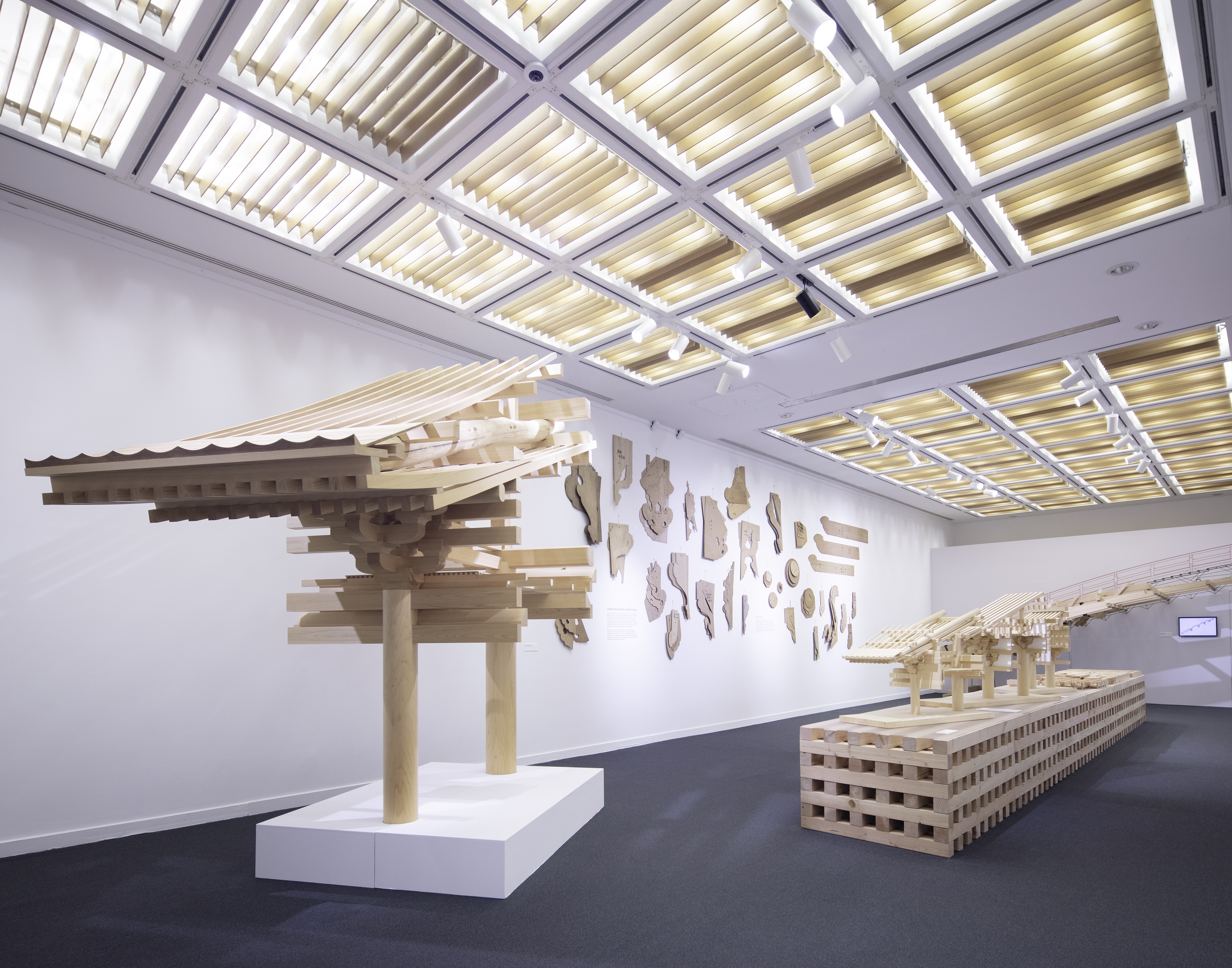 Celebrating the beauty of Japanese carpentry tools
Celebrating the beauty of Japanese carpentry toolsNow on show at New York's Japan Society, ‘When Practice Becomes Form: Carpentry Tools from Japan' presents an overview of the techniques at the heart of Japanese wooden craftsmanship